From Rough to Refined: The Evolution of Stone Shapes in Jewelry Design
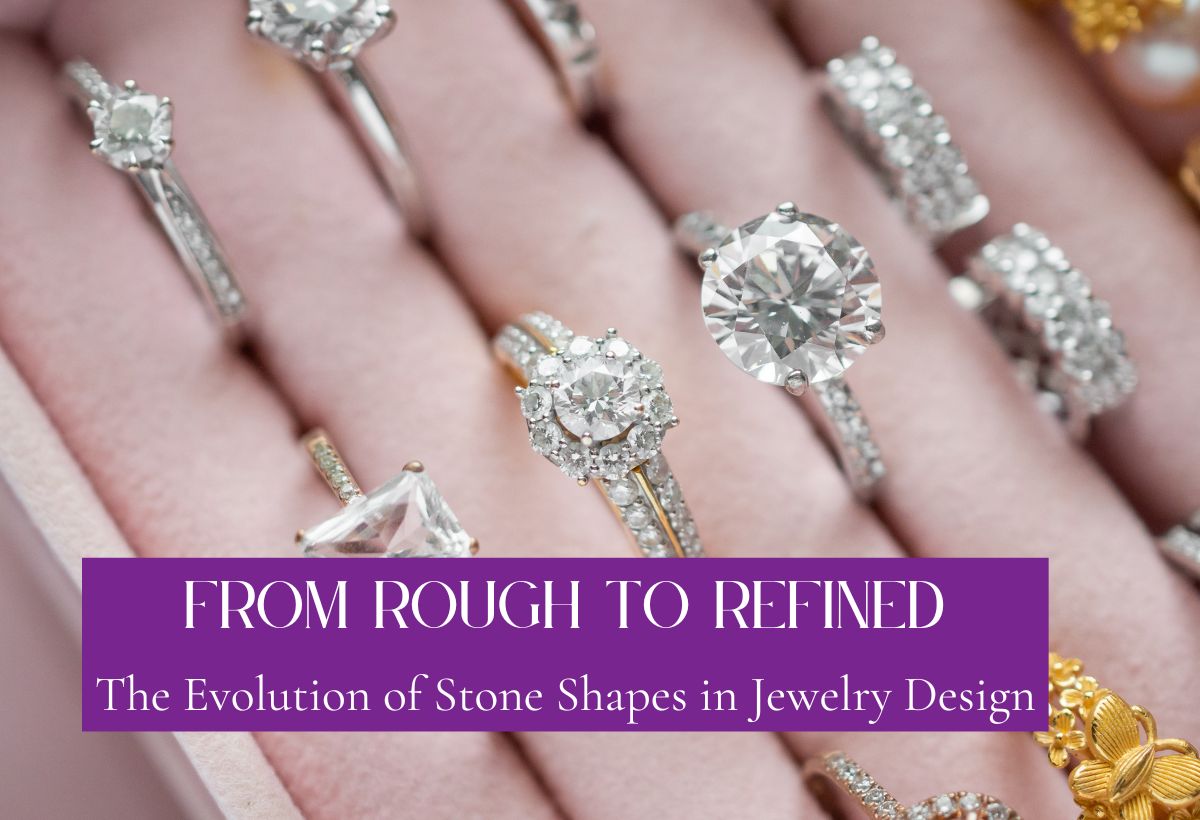 kingofjewelry.com
kingofjewelry.com
Did you know that the global jewelry industry is valued at $298.40 billion as of 2023?
Jewelry has been a significant part of human culture for thousands of years. One aspect that sets jewelry apart from other forms of adornment is the use of precious stones and gems. These stones have been valued not just for their beauty, but also for their rarity and symbolism.
In this document, we will explore the evolution of stone shapes in jewelry design. Read on to learn more.

The Early Days
The earliest forms of jewelry were made from natural materials such as shells, bones, and stones. These stones were chosen for their unique shapes and colors. This adds a rustic and raw aesthetic to the jewelry.
As humans evolved and developed more advanced tools, they were able to shape these stones into more precise forms. However, the natural shape of the stone still played a significant role in its design.

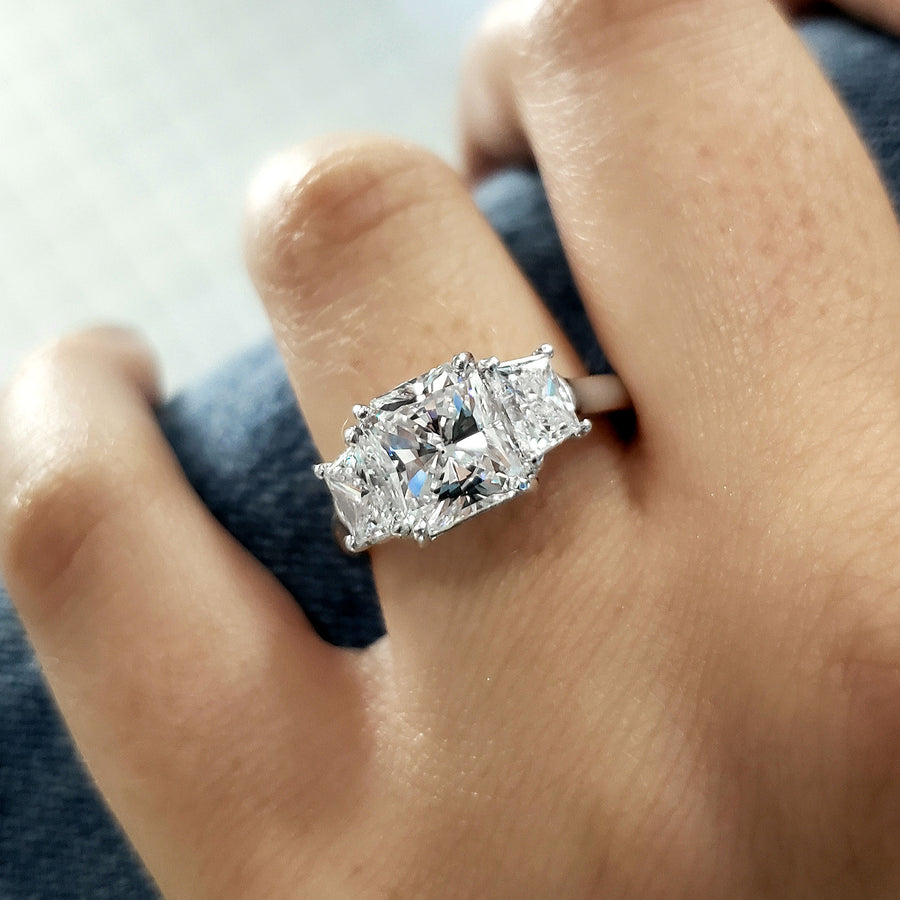
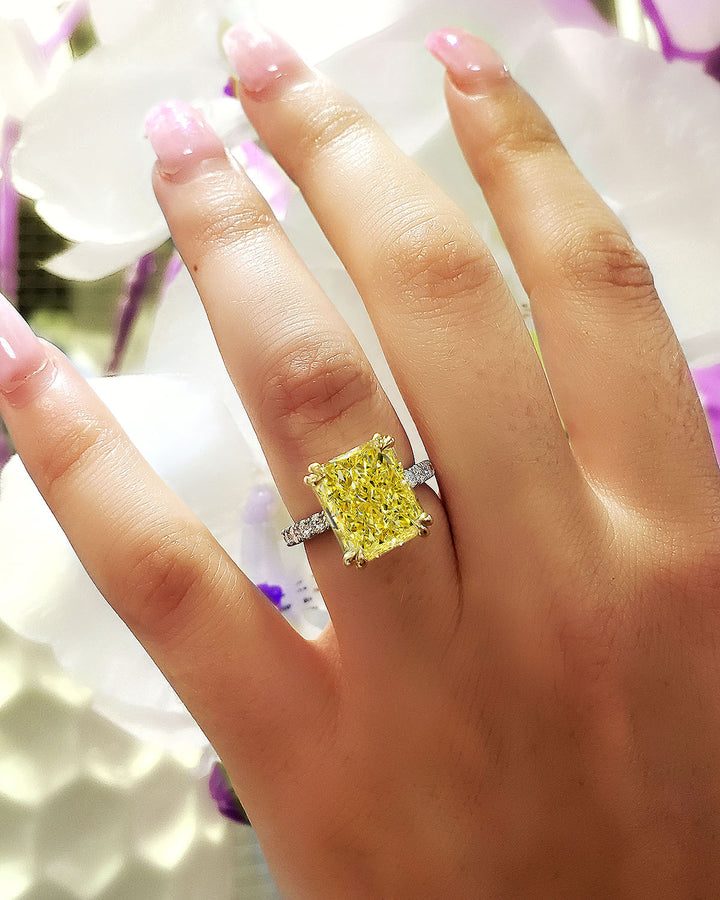
The Influence of Culture and Religion
Throughout history, different cultures have placed different meanings and values on certain shapes. For example, in ancient Egyptian culture, the triangle represented stability and strength. Hence, triangular-shaped diamond necklaces were often used in their jewelry.
Religion has also played a significant role in shaping the evolution of stone shapes in jewelry design. In Hinduism, for example, the lotus flower is a sacred symbol. As such, jewelry featuring lotus-shaped stones holds a special significance for believers.

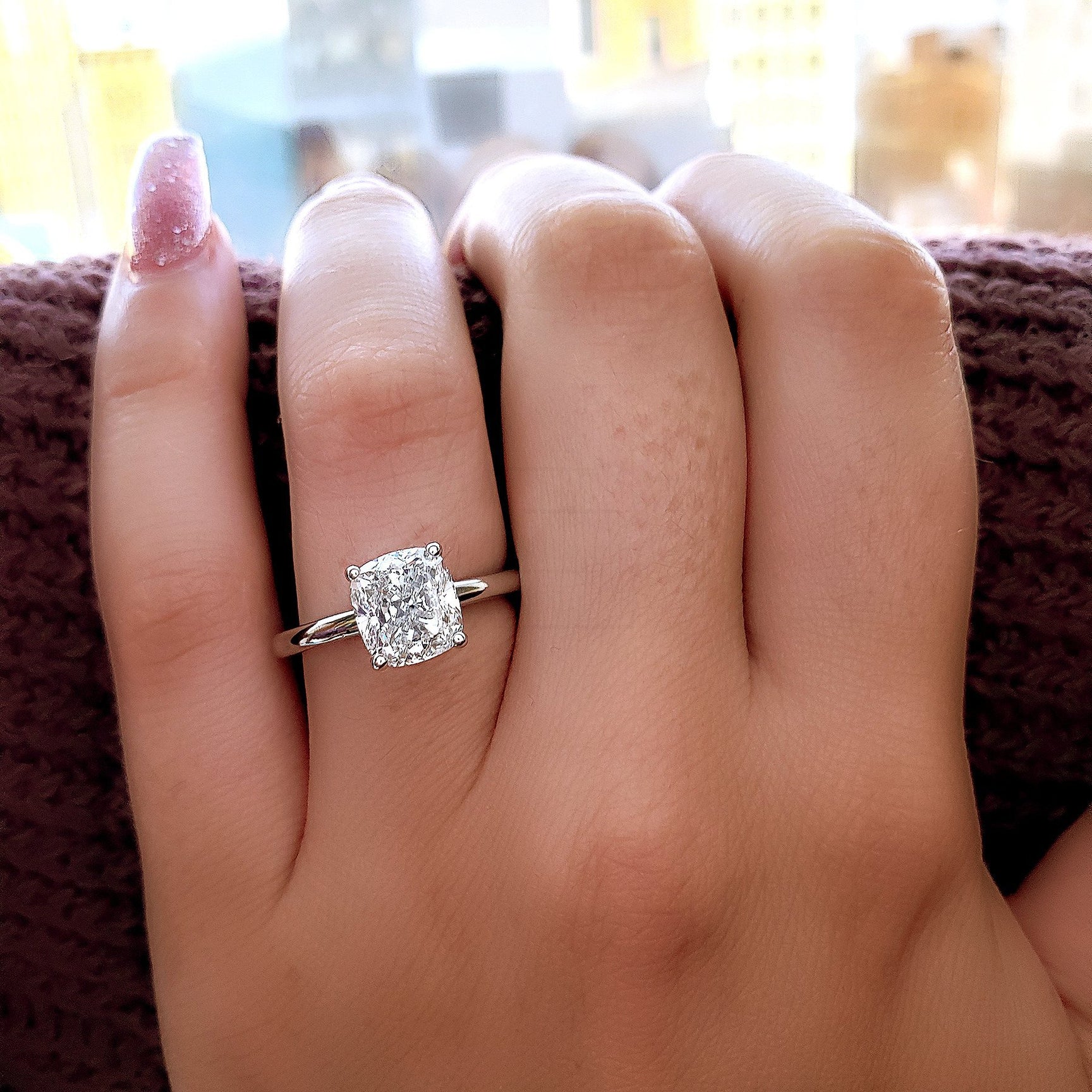
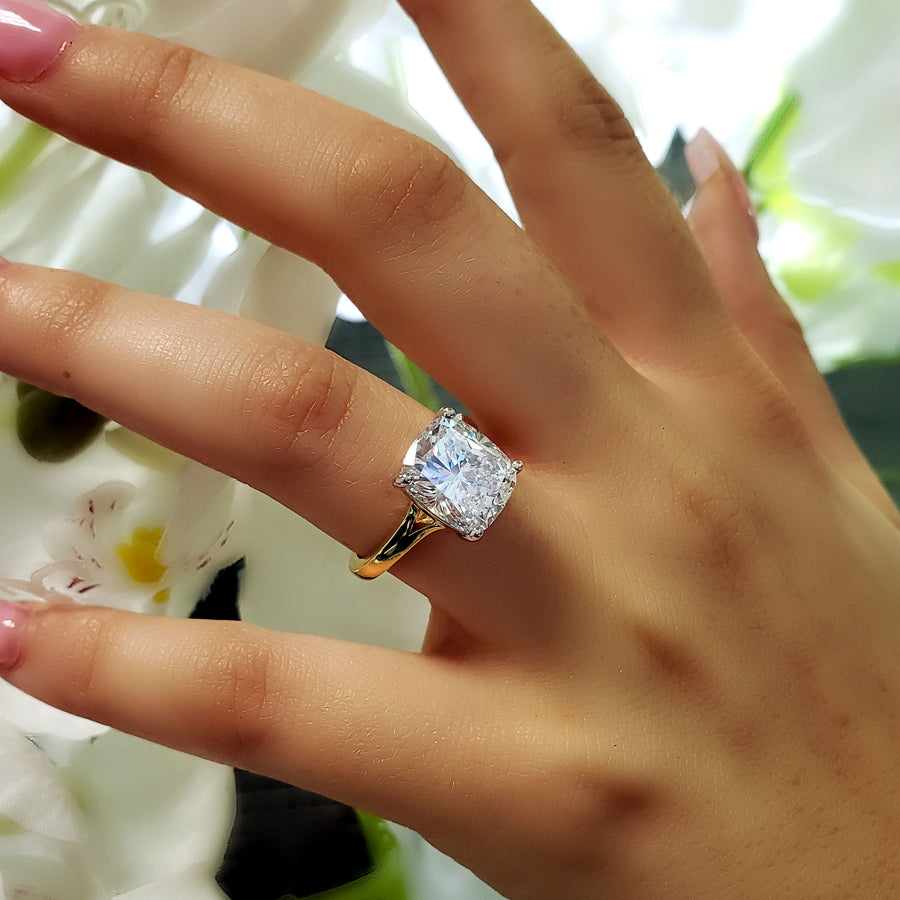
The Rise of Gem Cutting Techniques
As early as the 1400s, gem-cutting techniques began to emerge, allowing for more precise shaping of stones. This was a significant turning point in the evolution of stone shapes in jewelry design.
One of the most influential developments was the invention of the diamond-cutting wheel by Louis de Berquem in the 15th century. This allowed for diamonds to be cut with more precision, resulting in brilliant and intricate shapes such as the classic round, princess, and radiant cuts.


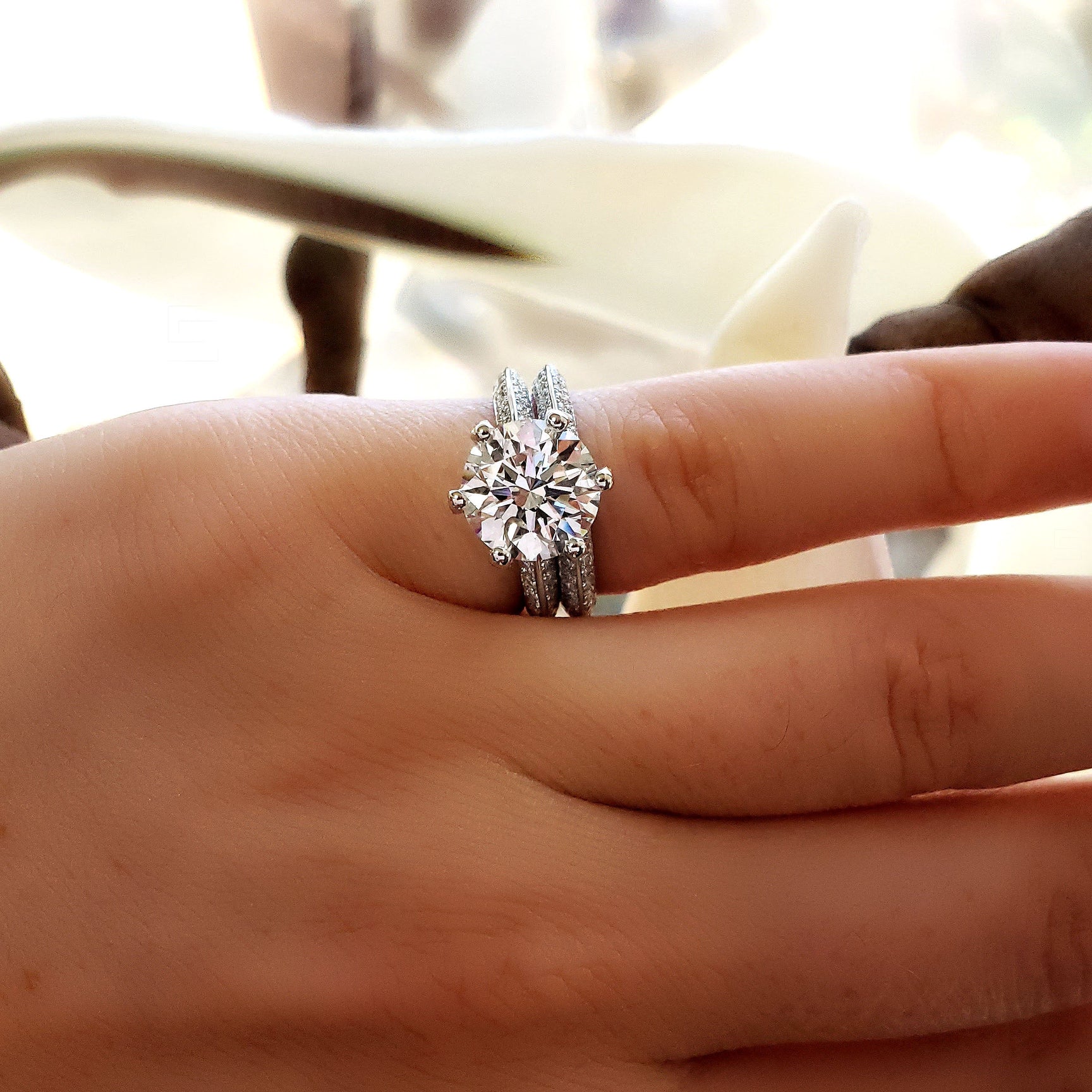
Modern Trends
Today, advancements in technology have enabled jewelry designers to create even more intricate and polished stone shapes. From the classic round and oval cuts to more unusual shapes like the heart, pear, and cushion, there is a wide range of options for jewelry enthusiasts.
Diamond rings, for example, are often designed with a specific stone shape in mind to symbolize the couple’s love and commitment. Each shape holds its unique significance and adds a touch of personalization to the piece.
Besides traditional gemstones like diamonds, rubies, and emeralds, designers are also experimenting with newer materials. This includes lab-grown diamonds and colored gemstones. This has opened up even more possibilities for unique and eye-catching shapes in jewelry design.



The Journey of Stone Shapes in Jewelry Design
The evolution of stone shapes in jewelry design reflects the advancements in human culture and technology. The shape of a stone continues to play a crucial role in the design and symbolism of jewelry.
As technology continues to advance, we can only imagine what new and exciting shapes will emerge in the world of jewelry design. But one thing is for sure, the timeless beauty and value of stones in jewelry will remain a significant aspect of human adornment.
For more informative articles, check out the rest of our website!



Comments are closed.